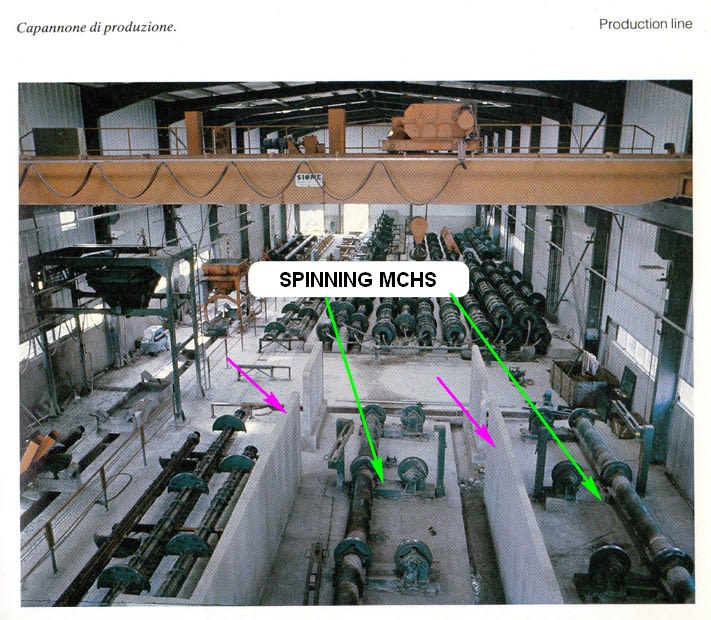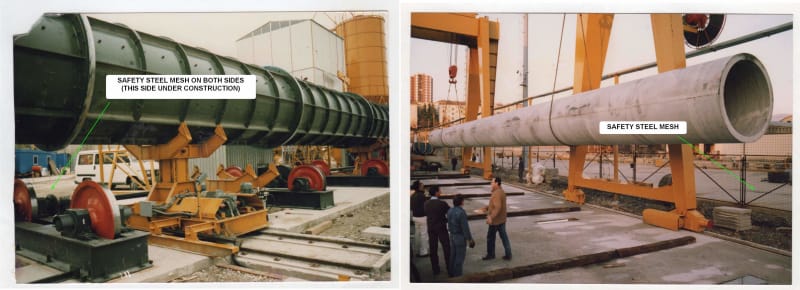ihopeitworks
Aerospace
Are there standard equations to determine the distance to keep away from a rotating drum? I have a metal drum that is rotating at a somewhat high RPM. I assume there'd be some calculation on if a piece of this drum, or a fastener on this drum, were to release at the max RPM, what would its trajectory look like. Would this be the proper approach?


